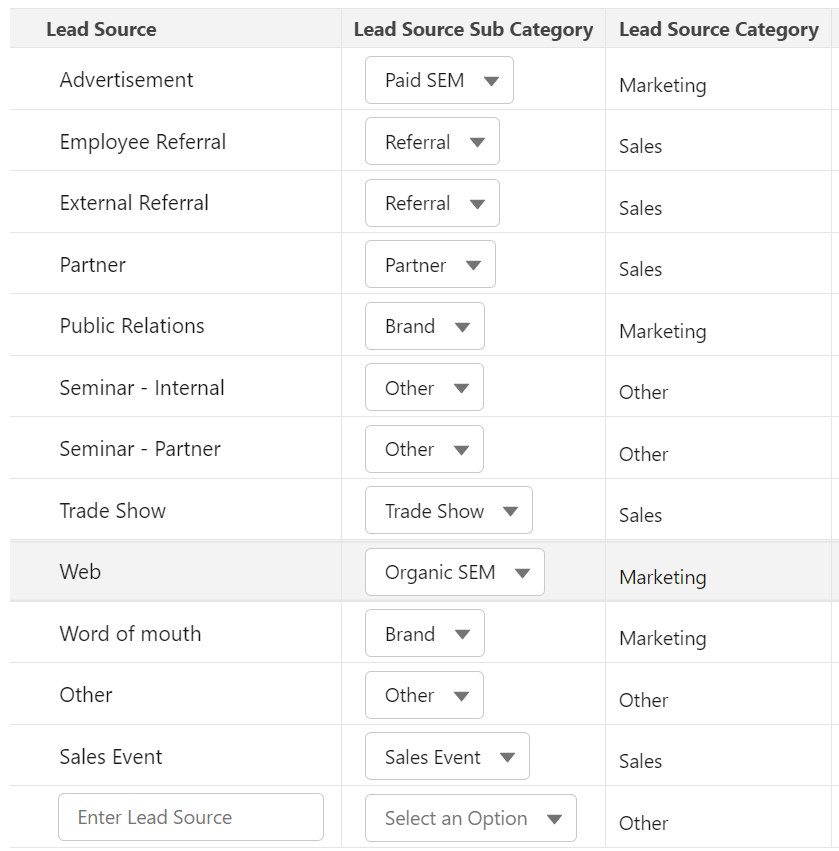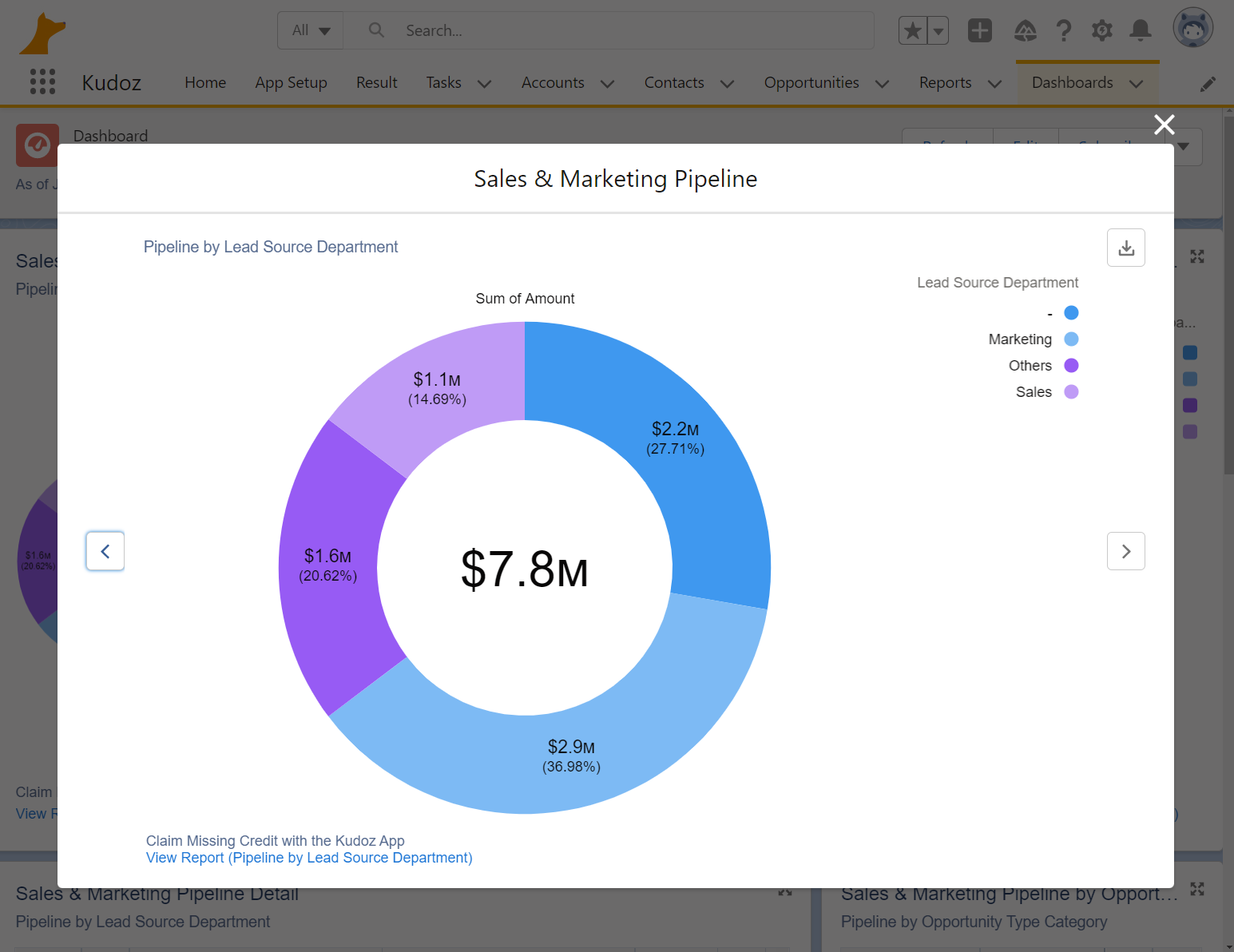How Aggregating Data Improves Marketers' Ability to Make Decisions Faster
Jun 06, 2022Harness the power of data to build better, stronger relationships
Marketers need actionable data to do their job. So while the role of marketing has expanded to most of the buying experience, we can't expect Marketers also to be Data Admins or Data Analysts.
Marketers are responsible for designing and building marketing programs to facilitate brand awareness, obtain sales goals, and improve their marketing efforts' ROI.
While Marketers enjoy creating demand, poor data quality and the inability to easily report on marketing's impact hampers their ability to report accurately on Marketing's influence.
We can help Marketers stay focused on creating an efficient, scalable, and manageable Marketing program by making data actionable by aggregating.
Data Aggregation: What it is
Actionable Data for Marketers
Raw data makes it challenging to discover patterns and summarize the information in a helpful way for your business question answers.
Aggregations can help with this by collapsing/grouping together certain pieces of relevant information, so you don't have too many options at once but just enough where they will be helpful!
It is an important step that precedes data analysis or statistical analysis.
The data aggregation process is often done through lookup tables or by creating a pivot table in Excel and grouping data values from a particular column.
Specialized tools and software such as Kudoz allow users to map data values and present the rolled-up data for analysis. Once aggregated data is analyzed, it goes a long way in creating actionable business intelligence and shaping decision-making.
In an ideal scenario, you compare performance based on business objectives your company has set forward. However, when measuring key business metrics, you will need to map individual data points into higher categories aligned with the business to get a simple and timely view of your business.
For instance, as a marketer, you can aggregate lead source performance data for marketing purposes from previous marketing campaigns and various channels you used to reach out to your customers. In addition, you can aggregate data from related marketing channels and assess the performance over time with particular cohorts.
Data Aggregation: How it works
Marketing data analysts that need to extract intelligence typically add a manual task to extract intelligence from the raw data. But some tools perform three basic actions:
Data extraction: Export the raw data and prep particular fields to be aggregated based on what the business needs.
Transformation: Converts or adjusts the data to comply with the format specified for data analysis. Typically this is in aggregating data field values to lookup categories.
Data analysis and visualization: Create summary and visual representations of analyzed data and KPIs that can be useful for business intelligence.
Kudoz is vital in optimizing the above processes since you can map data on fields such as lead sources and aggregate data from those field values. Then, data can be extracted, transformed, and displayed in a neat report.
Data Aggregation: Example
In the example, we will review a B2B SAAS Company that intends to track the pipeline revenue generated from various marketing activities.
The company's marketing team ought to perform data aggregation on their lead source data to collect this data. The aggregated data would contain high-level roll-ups such as "Sales or Marketing Sourced" and an ability to drill down intelligently.
This aggregated data helps the marketing, finance, and production teams make informed decisions where the business is generating a pipeline.
Aggregated data on lead sources helps the marketing team make better advertising strategies to appeal to customers while working with relevant departments to actualize more sales.
For example, the marketing team can invest intelligently in marketing programs that generate the pipeline that sales need to close business. Optimizing the message or offering any special pricing is worth testing for the marketing programs that aren't performing.
How to Guide
1. Create a mapping table to associate Lead Source values to the respective Sub Category and Category based on your business needs.

2. Create a report that lookups the mapping between individual lead source values and aggregates them by your respective grouping.

3. Use the drilldown capabilities to see what Lead Source are driving Sales & Marketing.

Benefits that data aggregation provides to marketers
Get the most out of your data
Aggregated data helps to boost marketing functions in the following ways:
Simplify reporting for C-Level executives
With aggregated data, executives can use one report to see the impact of marketing and sales without going outside Salesforce.
Identifying business' challenges and strengths
Data aggregation provides credible business analytics and insights. These details help companies understand their strengths and where they need to improve. For example, analyzing its sales and marketing programs allows teams to make critical decisions on programs that accelerate closing a deal by having marketing and sales programs support each other. An example of this can be for Marketing to send brochures to prospects that are highly engaged with sales.
Monitoring programs
Launching campaigns across different platforms enables marketing teams to be competitive. For example, you can use aggregated data to demonstrate if specific programs like Webinars are more effective than Paid social marketing. In addition, you can truly understand where to invest your next dollar by rolling up the data.
Predictive analysis through data aggregation
This type of data aggregation enables marketing teams to predict future market trends and customer behavior through customer insights. This helps your marketing team address customer preferences better while ensuring the company remains in active business all the time.
Your predictive analytics team can use the data to assess what the right number of touchpoints are and what channel synergies have the highest propensity to accelerate a deal.
How data aggregation helps improve the speed of marketing decisions
Speed Up Your Marketing Decisions
Data aggregation enables marketers to make quick decisions. Here are ways that data aggregation boosts the speed of marketing decisions:
- Marketing teams can adapt various data aggregation solutions for more efficient communication. Instead of having hundreds of Campaigns listed in a report, you can group your campaigns by Webinar vs. Paid Search vs. Paid Social, etc.
- Aggregated data fuels discussion and strategy more than picking apart individual data points. Faster access to aggregated performance results speeds up the decision-making process.
- Data aggregation enables salesforce operations teams to identify issues, possible threats, and market trends quickly. Early detection of these issues prompts faster decision-making and a faster response.
The future of data aggregation and its impact on marketing decision making
Aggregate Data for Smarter Marketing
Data aggregation offers sustainability for businesses as it keeps your teams informed of their key business objectives in a simplified way. However, most companies are left operating in the dark since they rely on manual data aggregation, limiting decision-making capability.
The benefits of automating your data aggregation go beyond simplifying reporting.

Here are significant marketing analytics trends to watch out for in data aggregation and decision making include:
- Faster decisions with AI-based prescriptive analytics – AI is known for aiding in predictive analytics, but recent trends have shown that AI can also be effective in prescriptive analytics. AI analytics tools also guide businesses in making the right decisions, optimizing their marketing strategy, and saving time. AI merges with automation and prescriptive analytics tools to offer businesses the best marketing analytics solutions.
- Boosting customer experience – Customer experience builds or breaks a business, and companies invest in CRM to improve customer experience. Personalizing the customer experience also helps to serve every customer better. For enhanced customer experience, companies should invest in advanced AI-powered CRM tools to collect data and understand customers' needs.
- Rise of real-time data analytics – Companies can digitize most business functions, and marketing operators can instantly view present trends through real-time data analytics. AI-powered real-time data analytics and data streaming platforms enable companies to identify potential threats. This helps marketers to make faster decisions and counter risks.
Therefore, the future of businesses relies on data aggregation, primarily through automated tools like Kudoz. This offers your business quicker insights, helps you understand how to serve your customer better, and eliminates the time it takes to manually aggregate data.
Data aggregation impacts marketing decision-making in the following ways:
- Giving insights into your business strengths, weaknesses, opportunities, and risks. This is crucial information that helps in decision-making for improved productivity.
- It also helps your business to link up with customers better. Data aggregation enables you to understand their needs and how to serve them more efficiently.
- Gives marketers analyzed data on how to achieve their short-term and long-term goals. Eliminate the unnecessary time it takes to manually aggregate data.
Final Word
As you can see, businesses cannot thrive without the insights and information that data aggregation provides. Data aggregation paves the path for maximum utilization of company data. By summarizing data, you greatly enhance the value of information.
Learn more here about getting a Real-Time View of your Sales & Marketing Pipeline Performance.
Stay connected with news and updates!
Join our mailing list to receive the latest news and updates from our team.
Don't worry, your information will not be shared.





